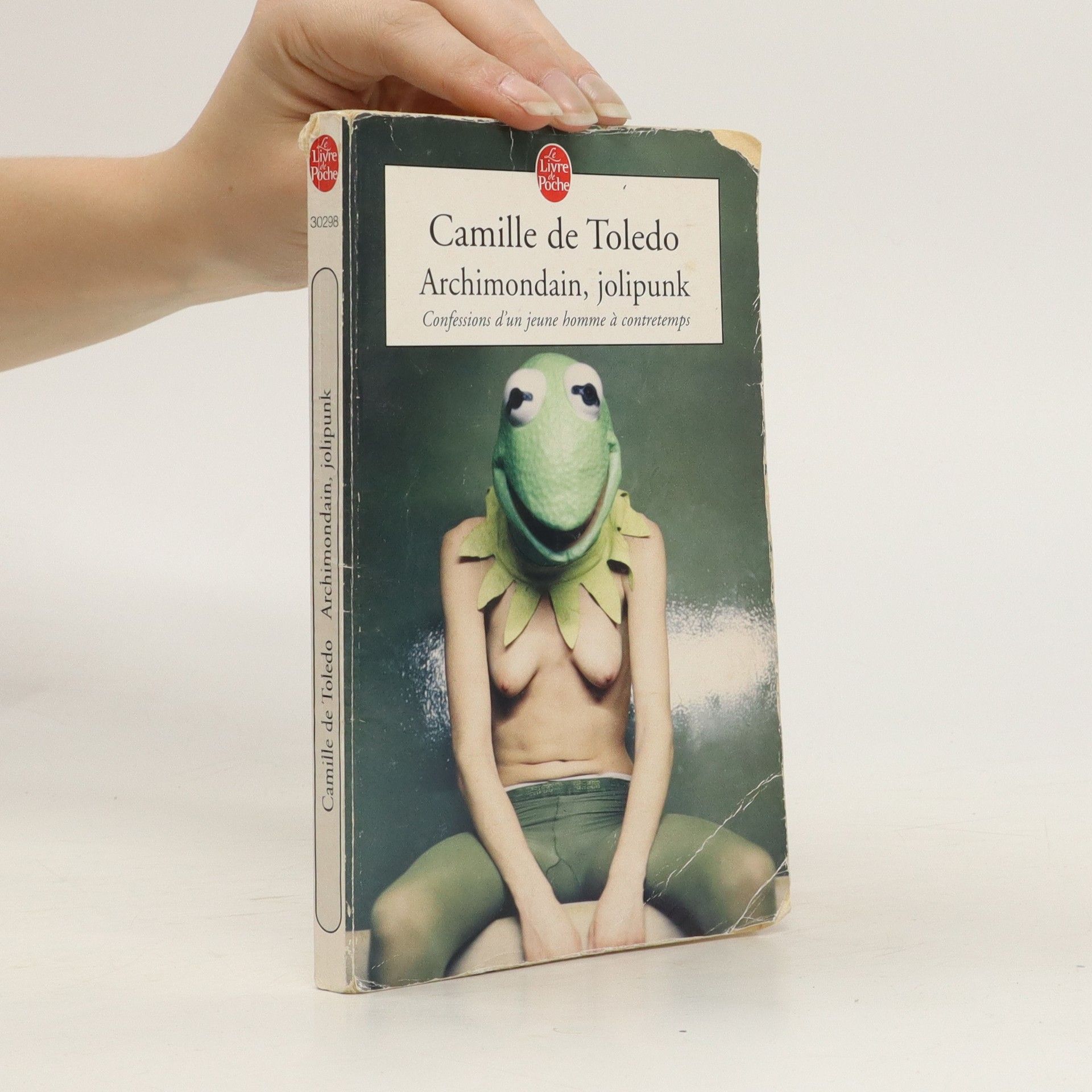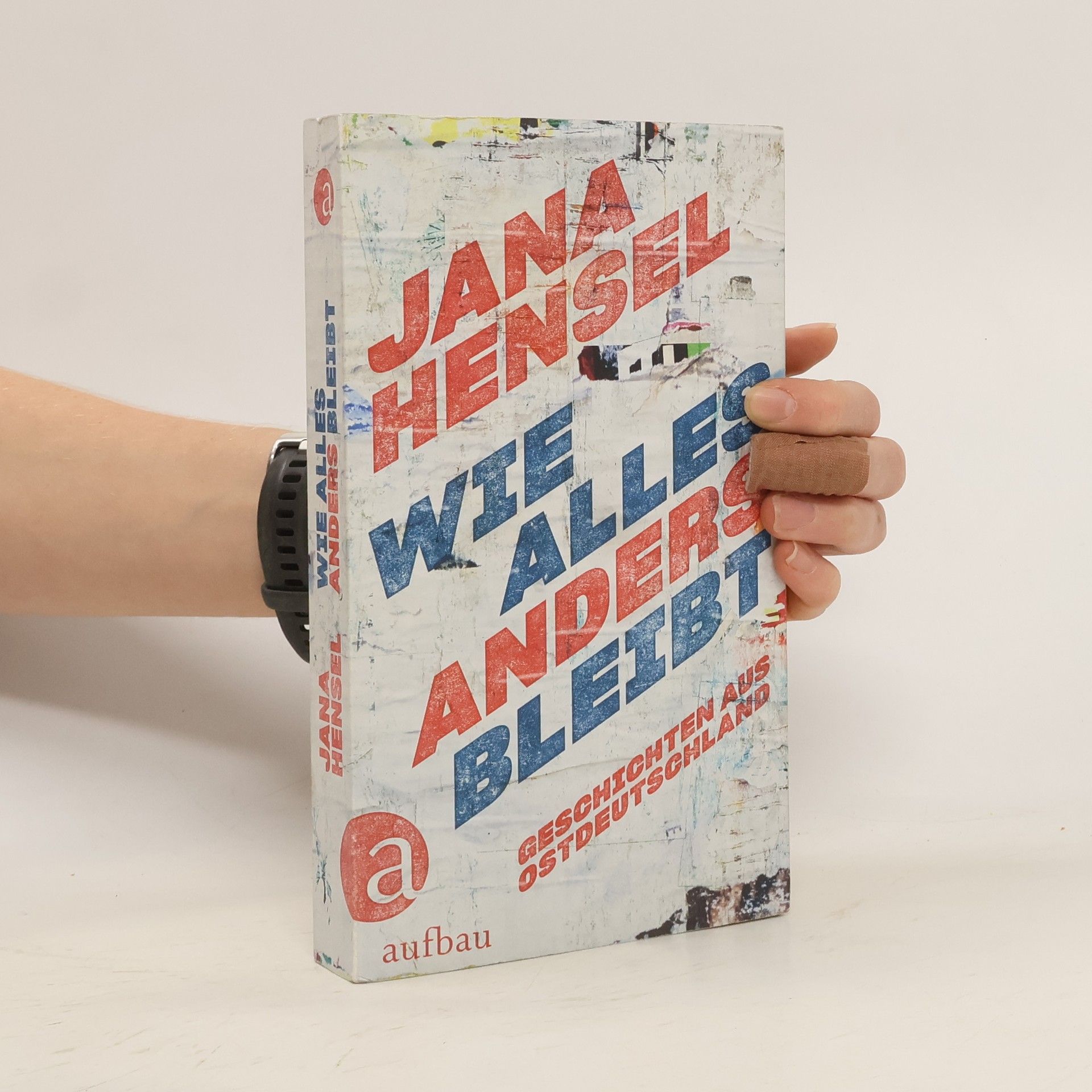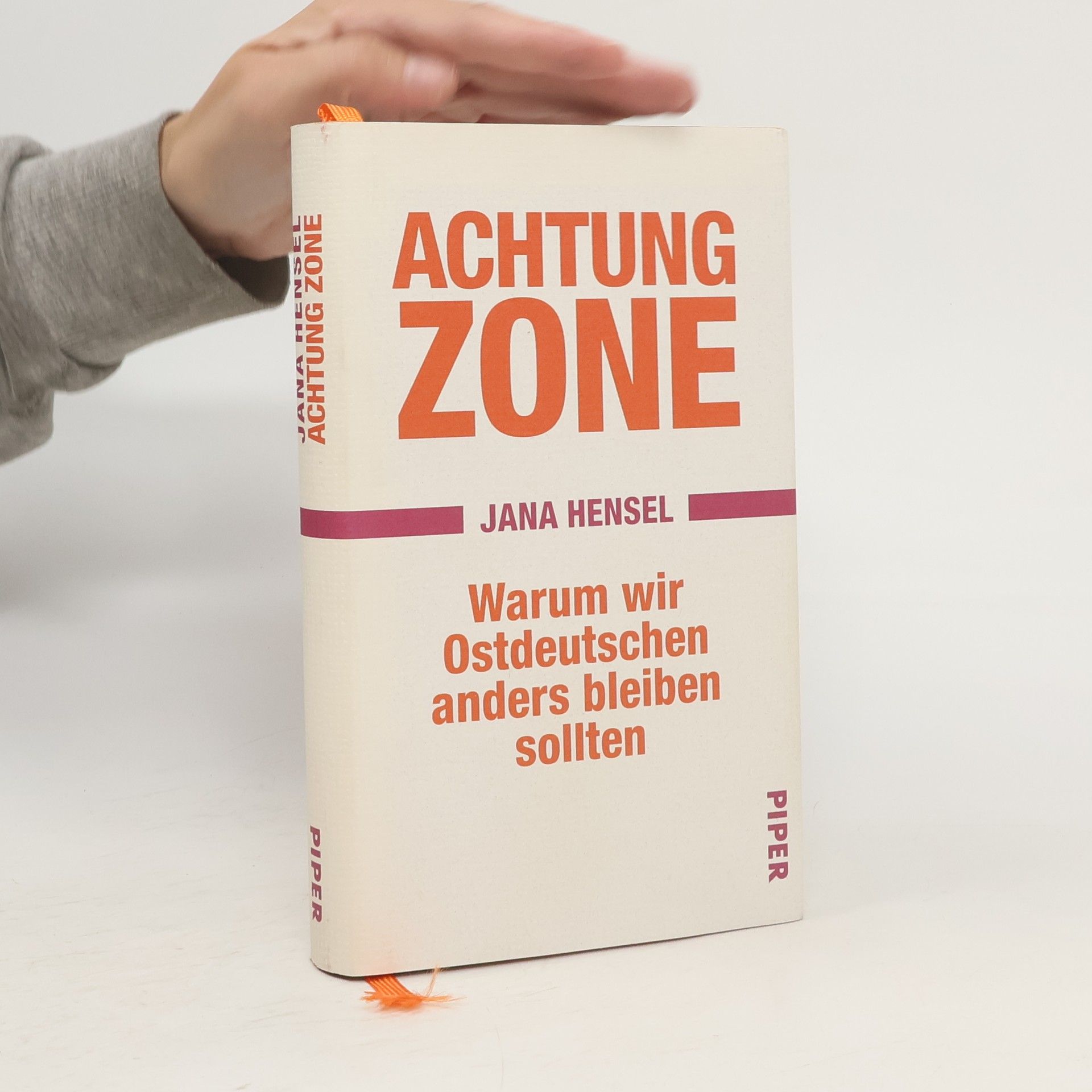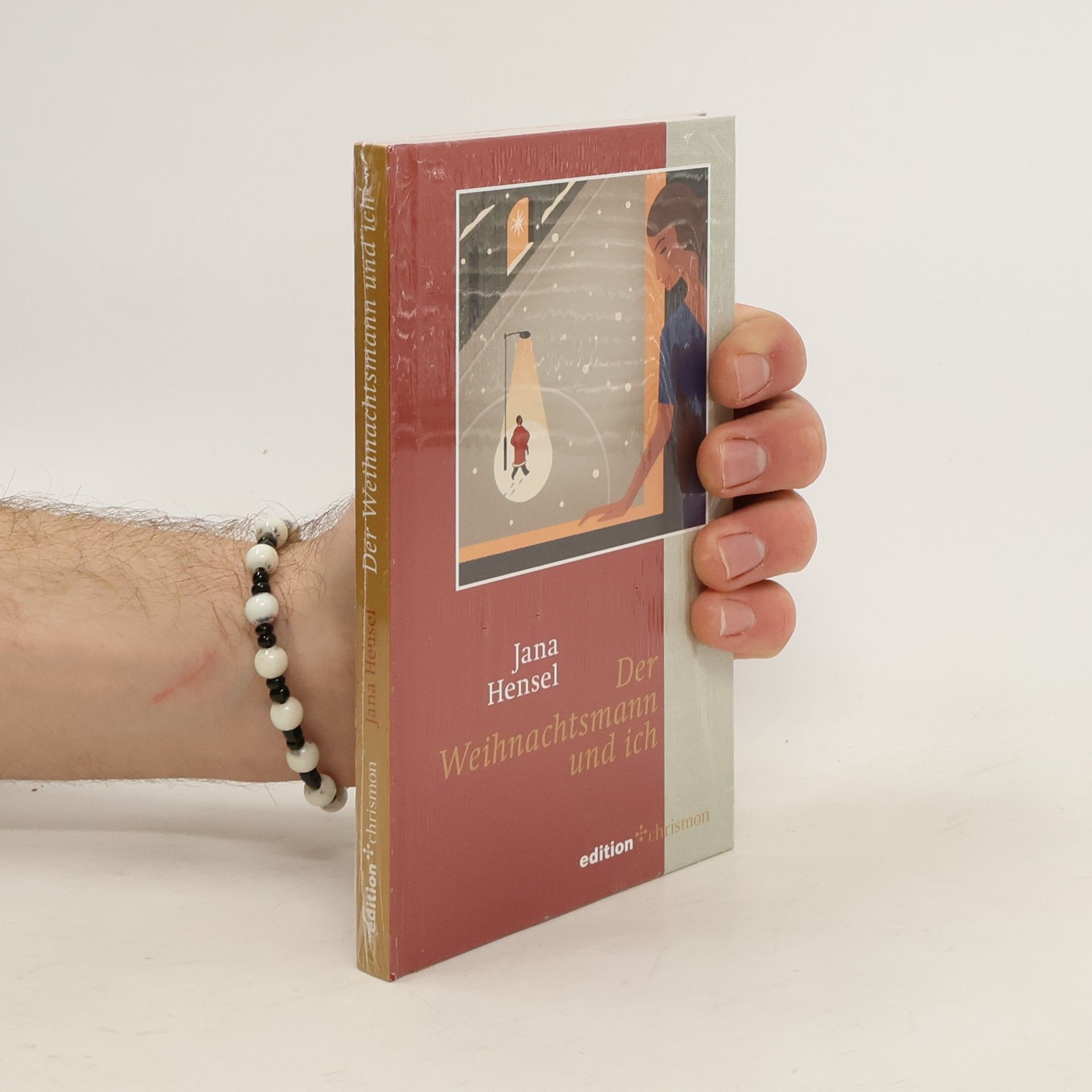Melanie erinnert sich an eine blasse Kindheitserinnerung: Vor über 20 Jahren verteilte sie mit ihrem Vater an Heiligabend Geschenke in der Nachbarschaft. Er war der Weihnachtsmann, sie sein kleiner Wichtel. Jetzt soll sie im Kindergarten ihres Sohnes selbst den Weihnachtsmann spielen. Als sie in das alte Kostüm ihres Vaters schlüpft, kehren Erinnerungen an die letzten Jahre der DDR und die Wendezeit zurück. Die Welt hat sich verändert, doch sie und ihr Vater zogen wie früher um die Häuser – bis sie eines Tages vergeblich auf ihn wartete. Melanie fühlt sich ihrer Vergangenheit näher denn je. Sie lebt nicht mehr in Sachsen, sondern mit ihrer Familie in Berlin. Die turbulente Vorweihnachtszeit wird zu einer Reise zurück zu den Orten ihrer Kindheit und zu längst vergessenen Erinnerungen. Schließlich bittet sie ihren Vater, erneut mit ihr als Weihnachtsmann aufzutreten. Wird er diesmal kommen? Diese moderne Weihnachtsgeschichte für Erwachsene bietet eine besinnliche Lektüre in der Adventszeit und lädt dazu ein, sich mit einer berührenden Erzählung zurückzuziehen. Die facettenreichen Romane voller Gefühl und Humor steigern die Vorfreude und gehören zu einem stimmungsvollen Weihnachtsfest dazu – wie Plätzchenduft und Kerzenschein.
Jana Hensel Book order






- 2019
- 2019
"Jana Hensel ist eine der wichtigen Stimmen des Ostens. Sie hat meine Sicht auf Deutschland grundlegend verändert.“ Jochen Wegner, Die Zeit. Wo stehen wir 30 Jahre nach dem Fall der Mauer? Wie wurden die Ostdeutschen zu denen, die sie heute sind? Jana Hensel zeichnet ein vielfältiges und lebendiges Psychogramm einer Gesellschaft, deren einzige Konstante der Wandel ist und für die der Bruch zur grundlegenden Erfahrung wurde. Persönlich, engagiert, kundig: Wie keine andere schreibt Jana Hensel über die ostdeutsche Gesellschaft. Seit ihrem Bestseller »Zonenkinder« hat sich Jana Hensel so intensiv wie kaum jemand anderes in vielen Reportagen, Essays, Interviews und Porträts mit Ostdeutschland und seinen Menschen beschäftigt. In diesen Texten geht es um Politik und Liebe, um Angela Merkel, Robert Enke und Sigmund Jähn, um eigene Erfahrungen und fremde Blicke, kurzum: um zentrale Fragen der ostdeutschen Gesellschaft. Wo stehen wir im 30. Jahr der Wiedervereinigung? Wie wurden die Ostdeutschen zu denen, die sie heute sind? Jana Hensel zeichnet das vielfältige und lebendige Psychogramm einer Gesellschaft, deren einzige Konstante der Wandel ist und für die der Bruch zur grundlegenden Erfahrung wurde.
- 2017
»Keinland« ist ein Liebesroman, aber auch ein Roman über Schuld, Erinnerung, Herkunft und Grenzen. Eigentlich hatte Nadja nur ein Interview mit Martin Stern führen wollen, aber von der ersten Sekunde an ist da eine schwer erklärbare Nähe – und eine Fremdheit, die sich auch dann nicht auflöst, als die beiden sich näherkommen. Woher rührt diese Nähe? Und warum ist diese Fremdheit nur so schwer zu überwinden? Nadja sagt ja zu dieser Liebe, an die Martin nicht recht glauben kann. Martin, der als Jude in Frankfurt am Main aufgewachsen ist, Deutschland aber nach der Wiedervereinigung verlassen hat und nach Tel Aviv gezogen ist. Zu vieles liegt zwischen den beiden: biographische Erfahrungen, geographische Entfernung und eine Vergangenheit, die nicht nur mit den eigenen Lebensläufen zu tun hat. Das falsche Land, das richtige, das neue, das heilige – Jana Hensel lotet in kunstvollen Zeitsprüngen und Erinnerungen an Tage in Berlin und Nächte in Tel Aviv, an tiefe Innigkeit und immer wieder scheiternde Gespräche die Grenzen zwischen zwei Liebenden aus. Dabei umkreist sie mit großer sprachlicher Kraft und Intensität unsere Auffassung von Heimat, Geschichte und Schicksal und stellt mit ihren Charakteren die Frage, wie weit die Vergangenheit unser Leben bestimmt.
- 2009
Achtung Zone
- 187 pages
- 7 hours of reading
In diesem Jahr wird allüberall der Geist der Einheit beschworen. Das Land müsse endlich wirklich eins werden, und das heißt vor allem: gleich. Das ist falsch, hält Jana Hensel dagegen: Ostdeutsche und Westdeutsche sind nicht gleich. Sie beschreibt die Ostdeutschen nicht als defizitäre Westdeutsche, als diejenigen, die es noch nicht auf den Standard der übrigen Bundesrepublik geschafft haben. Vielmehr sagt sie: Die Ostdeutschen haben nicht nur vor 1989, sondern auch danach anders gelebt, haben andere Erfahrungen gemacht, eine andere Geschichte gehabt. Daraus haben sie eine eigene Identität gewonnen. Diese Identität gilt es zu beschreiben. Sie ist keine Gefahr für die Einheit, sondern eine Bereicherung Deutschlands.
- 2008
Neue deutsche Mädchen
- 205 pages
- 8 hours of reading
Geboren 1976 in Leipzig, Studium in Leipzig, Marseille, Berlin und Paris. Anschließend (1999) Herausgeberin der Leipziger Literaturzeitschrift „Edit“, 2000 der Internatanthologie „Null“ (zusammen mit Thomas Hettche). Jana Hensel lebt heute in Berlin. Elisabeth Raether, geboren 1979 in Heidelberg, arbeitete von 2005 bis 2007 im Lektorat der Rowohlt Verlage. Sie lebt jetzt als Autorin und Lektorin in Berlin.
- 2007
" Je suis un asthmatique de l'âme. " Par cet aveu initial, Camille de Toledo, né en 1976, ouvre son autobiographie qui pourrait bien être celle de toute sa génération. Une génération dont l'éducation s'est faite entre la chute du mur de Berlin et les attentats du 11 septembre 2001. Une génération en rupture avec les barricades désenchantées de 1968, les chantres modernes de la fluidité libérale, les cyniques de l'âge audiovisuel et médiatique et les dandys désabusés des grandes métropoles. Une génération lassée de la dérision et de l'ironie, impatiente de trouver les voies d'une nouvelle écriture du monde... La presse littéraire a salué dans ce premier livre, qui est à la fois roman, essai et confession, une sensibilité et un ton neufs, insolents, le premier acte d'une rupture avec l'ordre des choses.
- 2002
After the wall
- 180 pages
- 7 hours of reading
Jana Hensel was thirteen on November 9, 1989, the night the Berlin Wall fell. In all the euphoria over German reunification, no one stopped to think what it would mean for Jana and her generation of East Germans. These were the kids of the seventies, who had grown up in the shadow of Communism with all its hokey comforts: the Young Pioneer youth groups, the cheerful Communist propaganda, and the comforting knowledge that they lived in a Germany unblemished by an ugly Nazi past and a callous capitalist future. Suddenly everything was gone. East Germany disappeared, swallowed up by the West, and in its place was everything Jana and her friends had coveted for so long: designer clothes, pop CDs, Hollywood movies, supermarkets, magazines. They snapped up every possible Western product and mannerism. They changed the way they talked, the way they walked, what they read, where they went. They cut off from their parents. They took English lessons, and opened bank accounts. Fifteen years later, they all have the right haircuts and drive the right cars, but who are they? Where are they going?In After the Wall, Jana Hensel tells the story of her confused generation of East Germans, who were forced to abandon their past and feel their way through a foreign landscape to an uncertain future. Now as they look back, they wonder whether the oppressive, yet comforting life of their childhood wasn't so bad after all.
